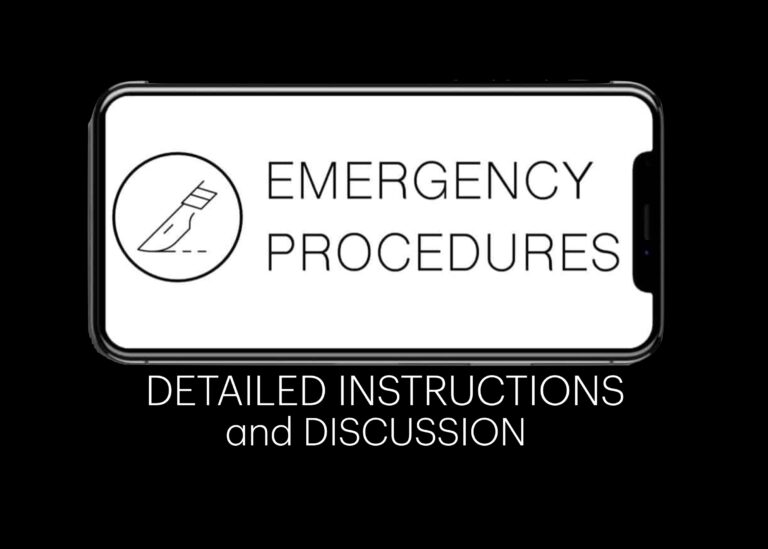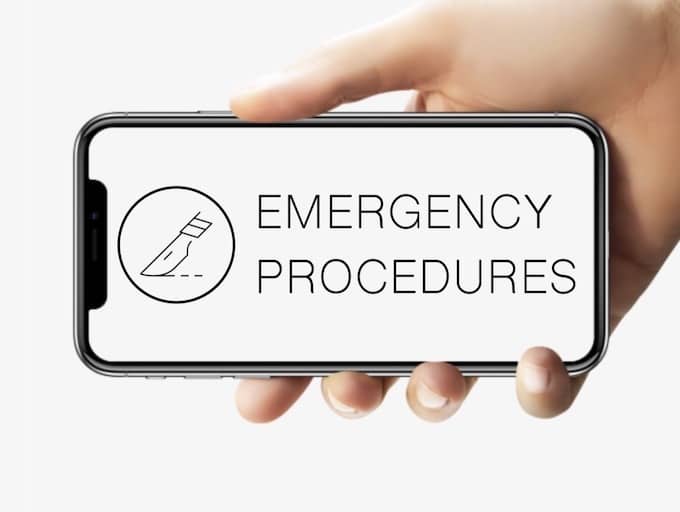
Post-obstructive diuresis
Post-obstructive diuresis is a polyuric state in which large amounts of sodium and water are eliminated after the relief of a urinary tract obstruction.

Post-obstructive diuresis is a polyuric state in which large amounts of sodium and water are eliminated after the relief of a urinary tract obstruction.

Pyelonephritis is a common presentation to the Emergency Department. The most important consideration is renal tract imaging to rule out an obstructive cause, which can rapidly lead to severe sepsis.

Renal colic (or nephrolithiasis) is an extremely common presenting problem to the Emergency Department. The immediate priority will be pain relief.

Pelviureteric junction obstruction (PUJO) describes obstruction of urine flow from the renal pelvis into the proximal ureter. It can be congenital or acquired and may be asymptomatic. Severe cases can lead to infection and renal function loss.

Macroscopic haematuria (visible/gross haematuria) refers to blood clearly visible in urine, unlike microscopic haematuria which is detected only via dipstick.

Priapism is a persistent, painful erection not related to sexual stimulation, lasting at least 2–4 hours. It is classified into Non-ischemic (high flow, arterial): and Ischemic (low flow, veno-occlusive)

Epididymo-orchitis is inflammation of the epididymis and/or testis, usually due to infection. Most commonly from a urinary tract infection but may also be as a result of a sexually transmitted infection.

Emergency procedure, instructions and discussion: Male indwelling catheter (IDC) insertion. Indications, and procedural instructions

Acute Urinary Retention. The most common ED presentation is urinary retention due to prostatomegaly in males.

Alfred Jean Fournier (1832-1914) was a French Dermatovereologist specialising in congenital syphillis, stressing the importance of syphilis as a cause of degenerative diseases and parasyphilitic conditions.

Emergency procedure, instructions and discussion: Ocular foreign body removal. Exactly what it says on the tin

Emergency Procedure: Ocular foreign body removal. Exactly what it says on the tin